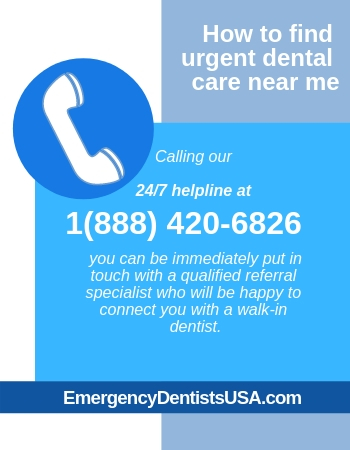Tooth Pain: Relieve Headache Symptoms
Tooth pain and headaches are two of the most common types of pain that people experience. While they may seem like separate issues, they can be closely related. In fact, tooth pain can often be a contributing factor to headache symptoms. Understanding the connection between tooth pain and headaches can help you find relief from both types of pain.
One of the main ways that tooth pain can contribute to headaches is through a process called referred pain. Referred pain occurs when pain in one part of the body is felt in another part of the body. In the case of tooth pain, the pain can be referred to the head, causing a headache. This is because the nerves that transmit pain signals from the teeth are connected to the nerves that transmit pain signals from the head.
There are several reasons why tooth pain can cause referred pain in the head. One reason is that the teeth and the head share a common nerve pathway. The trigeminal nerve is responsible for transmitting pain signals from the teeth, face, and head. When the trigeminal nerve is stimulated, it can cause pain to be felt in any of these areas.
Another reason why tooth pain can cause headaches is that it can lead to tension in the muscles of the face and head. When the teeth are in pain, the muscles of the face and head can become tense, leading to a headache. This is especially true for people who grind or clench their teeth, as this can put additional strain on the muscles of the face and head.
So, how can you relieve tooth pain and headache symptoms? The first step is to address the underlying cause of the tooth pain. This may involve visiting a dentist to rule out any underlying conditions, such as a cavity or abscess. If the tooth pain is caused by a cavity or abscess, the dentist can provide treatment to alleviate the pain.
In addition to addressing the underlying cause of the tooth pain, there are several things that you can do to relieve headache symptoms. One of the most effective ways to relieve headaches is to practice relaxation techniques, such as deep breathing, meditation, or yoga. These techniques can help to reduce tension in the muscles of the face and head, which can help to alleviate headache symptoms.
Another way to relieve headache symptoms is to use over-the-counter pain relievers, such as acetaminophen or ibuprofen. These medications can help to reduce pain and inflammation, which can help to alleviate headache symptoms.
It’s also important to maintain good oral hygiene habits, such as brushing and flossing regularly, to prevent tooth pain and headaches. Regular dental check-ups can also help to identify any underlying conditions that may be contributing to tooth pain and headaches.
According to the American Dental Association, tooth pain is one of the most common causes of headaches. In fact, a study found that 70% of people who experience tooth pain also experience headaches.
In some cases, tooth pain and headaches can be symptoms of a more serious underlying condition, such as temporomandibular joint (TMJ) disorder. TMJ disorder is a condition that affects the joints that connect the jaw to the skull. It can cause pain in the teeth, face, and head, as well as clicking or popping sounds when the jaw is moved.
If you are experiencing tooth pain and headaches, it’s essential to seek medical attention to rule out any underlying conditions. A dentist or healthcare provider can diagnose TMJ disorder and provide treatment to alleviate symptoms.
Steps to Relieve Tooth Pain and Headache Symptoms
- Address the underlying cause of the tooth pain by visiting a dentist.
- Practice relaxation techniques, such as deep breathing, meditation, or yoga, to reduce tension in the muscles of the face and head.
- Use over-the-counter pain relievers, such as acetaminophen or ibuprofen, to reduce pain and inflammation.
- Maintain good oral hygiene habits, such as brushing and flossing regularly, to prevent tooth pain and headaches.
- Seek medical attention if you are experiencing persistent or severe tooth pain and headaches to rule out any underlying conditions.
In conclusion, tooth pain and headaches are closely related, and addressing the underlying cause of the tooth pain can help to alleviate headache symptoms. By practicing relaxation techniques, using over-the-counter pain relievers, maintaining good oral hygiene habits, and seeking medical attention if necessary, you can find relief from both tooth pain and headaches.
What is the most common cause of tooth pain and headaches?
+The most common cause of tooth pain and headaches is a cavity or abscess. However, other conditions, such as TMJ disorder, can also contribute to tooth pain and headaches.
How can I relieve tooth pain and headache symptoms at home?
+You can relieve tooth pain and headache symptoms at home by practicing relaxation techniques, such as deep breathing, meditation, or yoga, and using over-the-counter pain relievers, such as acetaminophen or ibuprofen.
When should I seek medical attention for tooth pain and headaches?
+You should seek medical attention for tooth pain and headaches if you are experiencing persistent or severe symptoms, or if you have a fever, swelling, or difficulty swallowing.

